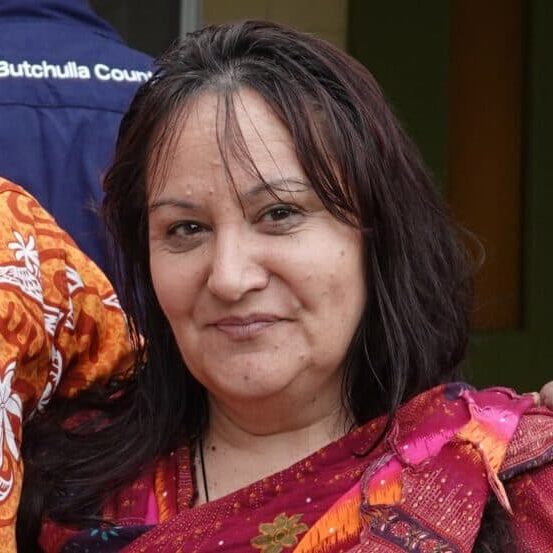Waitangi Wood
Independent
A hapū-centric surveillance framework that focuses on the holistic health of the forest.
The inventory of research outputs and resources can be found here:
Many of our native species are slowly and silently tracking towards extinction. In order to reverse the decline of our natural bioheritage, we must be able to ‘see it’.
‘Surveillance’ comprises the systems, tools and techniques that enable us to track and anticipate impacts on ecosystem health by monitoring biodiversity, primary production and early detection of new invasive species that are killing taonga and our native environment.
Surveillance has repeatedly emerged as a critical research priority in the management of myrtle rust and kauri dieback. To date, data on the presence and severity of these diseases has been collected by many different organisations using a range of methodologies. Iwi and hapū are seeking definitive answers about the presence/absence of these diseases in their rohe (area), as are all land-managers.
New Zealand’s surveillance system currently focuses on exotic pests and often overlooks ensuring healthy and resilient environments. The central investment under this Ngā Rākau Taketake theme was the Mātauranga Māori Framework for Surveillance (MMFS). This investment elevated the status of the environment into the surveillance system.
The MMFS considered the current surveillance processes and collection of data, and information required on pest presence and absence to establish baselines required by New Zealand’s primary sector.
It used data and information important to indigenous ecosystems and narrative from rangatira (Māori authorities), hapū and iwi, who have whakapapa (genealogical link) and kaitiaki (guardianship) of their taonga.
The MMFS used both existing and emergent understandings, values, approaches and opportunities to improve surveillance in Aotearoa, recognising the contribution from both Western and Te Ao Māori experiences and intelligence.
The environment-centric surveillance framework focused on ensuring that the state and health of taonga and ngahere (forest) were elevated into any surveillance response. It did this using kauri dieback and myrtle rust as case studies to test the framework and model ‘proof of (disease) freedom’. It also provided the basis for the assimilation of up to date and accurate data and narrative regarding the extent of kauri dieback and myrtle rust, and the state of native bioheritage affected by the pathogens.
The projects for this investment were focused on better surveillance responses and investment.
The team worked on establishing a spatial management system, platformed with mātauranga Māori approaches and solutions along with Western science. This resulted in modelling that provided confidence about the presence or absence of a pathogen and/or disease, within a dedicated biodiversity management area (BMA). A working group comprised of New Zealand biosecurity experts co-developed the initial enquiry and key issues for evolving this project.
The Project Working Group engaged directly with tangata Māori, kaitiaki and rangatira from 10 tribal regions, whose taonga are affected by myrtle rust and kauri dieback.
Tangata Māori informed the development of the MMSF and the ‘proof of freedom’ model that determined confidence that taonga within a BMA is free from kauri dieback and/or myrtle rust.
In addition, the project also led the discussion on ‘data sovereignty’ and ‘data custody’ and how to acquire, utilise, protect and share surveillance data and information with the aim to improve biosecurity surveillance.

Waitangi Wood

Cecilia Arienti-Latham